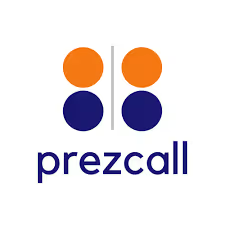Proposals is a tool that helps you create, send, and manage business offers and contracts quickly and professionally.
Proposals let you build custom documents, track client views, get e-signatures, and speed up the sales process.
You create a proposal using templates, customize content, send it to clients, and monitor their engagement online.
Is proposals easy to set up?
Yes, most proposals tools offer simple setup with ready-made templates and easy customization in minutes.
Many proposals tools offer limited free plans, but full features usually require paid subscriptions starting around $20/month.
What is the common proposals pricing?
Pricing typically ranges from $20 to $80 per user per month, depending on features like automation and integrations.
What are the types of proposals?
Common types include sales proposals, project bids, service agreements, and renewal or upsell offers.
Does proposals work with email?
Yes, proposals integrate with email to send documents directly and notify you when clients open or sign them.
What are the best proposals tools?
Top tools include PandaDoc, Proposify, Better Proposals, QuoteWerks, and Qwilr, known for ease and features.
What are common proposals integrations?
Proposals often integrate with CRMs, payment gateways, e-signature apps, email platforms, and project management tools.

























